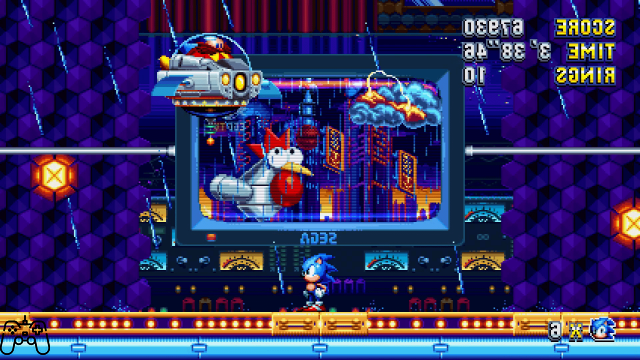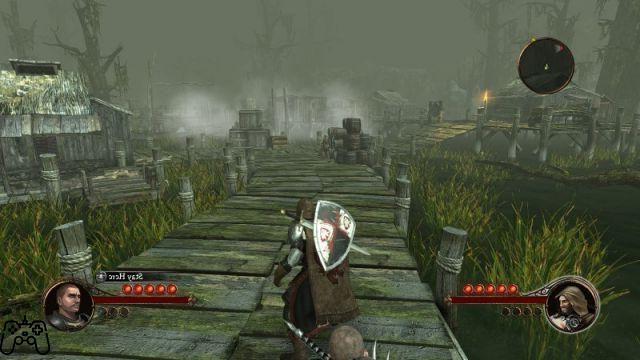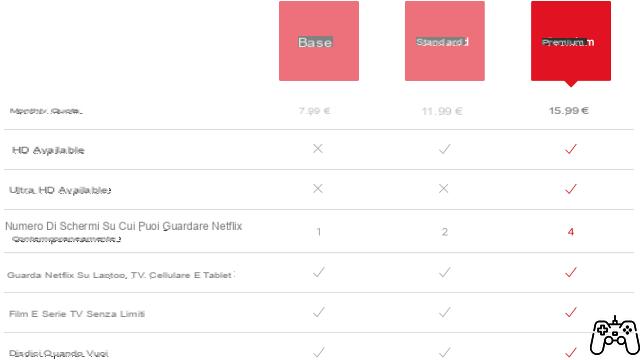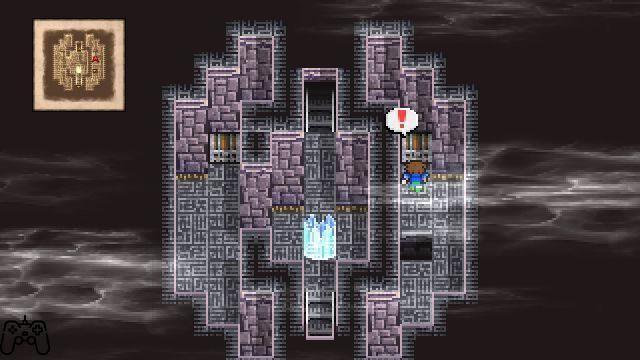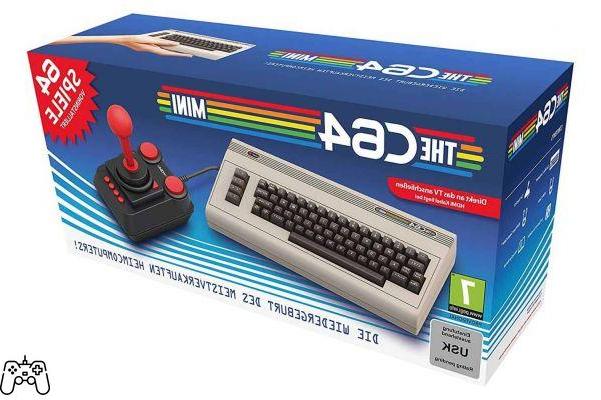November has arrived and with it the most consumerist time of the year. For gamers who still own Full-HD this may be the best time to definitely upgrade to a TV 4K, taking advantage of any super offers of Black Friday, Cyber Monday and the like, in order to avoid too expensive expenses next year when the new generation consoles will also be released.
Today we will talk about the best UltraHD TV screens for gaming, divided by price range. We will not necessarily deal with the best panels by category, but those considered to be the most valid in the quality / price ratio, essentially oriented to the visual rendering. Therefore, smart features, operating systems and other features that do not affect the gaming experience will not be considered. The sound is of course an important aspect but my advice is to avoid relying on TVs with integrated high quality audio speakers, which greatly affect the total amount, except for the top of the range, where the difference is how much never negligible. If interested in a vibrant sound experience it is always best to consider a stand-alone solution, as audio technologies usually have longer life cycles.
Low range
An entry-level purchase certainly represents the most difficult challenge, having to extricate yourself from a vast catalog, fluctuating prices and features of dubious interest emphasized by colorful and bright stickers, which often have the sole purpose of attracting less savvy buyers.
The latter are joined by the bewitching offers that often lead to dusty warehouse leftovers, diverting attention from the search for a product that may have some important qualitative aspect. The extensive list, some might argue, should be aimed at granting more choice to the average user. Maybe, but the final result, from my point of view, is a state of disorientation that leads straight to the most famous brands, with the conviction of always being on the safe side. But this is not the case, since the cheap TVs of the "usual suspects" alternate between a few simultaneously valuable products and numerous poor solutions.
Among the big names that have dominated the market for more than a decade, we point out the Chinese one TCL, the world's third largest producer of television panels and defined by many as the “Huawei” of televisions, which for several years has found its place in the budget-priced TV sector, garnering numerous acclaim from the specialized press. In particular, the so-called P6 series, in the cuts of 50/55/65 inches, it boasts panels of good quality in terms of contrast ratio and chromatic balance.
Quality already visible without having to resort to exhausting calibration sessions, a practice usually essential for the Ultra HD generation.
Brilliance and brightness are certainly not optimal for a correct reproduction of HDR signals, but this, as already repeated several times, is a deficiency that affects all devices in this price range. The input lag, on the other hand, is very good and stands at 27 milliseconds.
The TV Panasonic TX-50GX810E, panel based on Edge LED technology, represents a valid alternative, which finds its strength on electronics and related image setting implementations, such as the Enhancer Brightness HDR system. The product has a "game mode" which brings the input lag to 10 milliseconds, an incredible value for the price range.
If you want to try to stay under 500 euros and the size should be a problem, the Samsung model UE40MU6400U represents one of the few 4K TVs with a 40-inch screen. Good general performance and excellent input lag, about 21 milliseconds. The older brothers are much better, MU7000 and especially) NU8000, non-QLED flagship products by the Korean hi-tech giant, but the price rises as it approaches the mid-range in a period of price cuts.
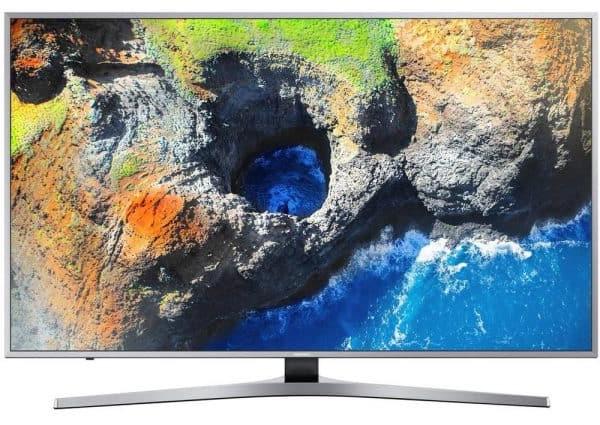
Mid-range
If you have read the previous articles (link at the bottom), by now you know everything (or almost everything) in the mid-range of 4K TVs. OLEDs are undoubtedly the preferable choice for gamers and starting with LG's 8 series, organic pixel technology has acquired a certain maturity. The recent 9 series does not add significant innovations, except for the introduction of new generation processors that mainly affect the capabilities in the field of smart and image upscaling. The panels, however, remain more or less the same.
The model LG OLED B8 it still remains the most recommended model and those who have followed Gameplay Cafè from the beginning know that this is the TV recently chosen by videogamingallday.com. Do you need a more reliable testimonial? To find out more, you can find his review below and his advice for correct calibration.
[Updating: A few days after this article was written, LG released a firmware update for the OLED 9 series (B / C / E) that enables support for NVIDIA G-Sync technology. This is a remarkable feature in the videogame field, but at the moment the price difference between B8 and B9 is still relevant]
While not being able to count on perfect black levels like an OLED, the new one serie Sony XG, in the variants XG90 / 95, uses Full Array technology to turn on or off the various areas of the screen individually. A fine result without sacrificing the brilliance of a quality LCD screen. Local dimming and animations are the real strength of Sony products, which had already impressed industry experts last year with the XF series. The only flaw that can be found is the input lag which in upscaling from Full HD is just over 40 milliseconds, to drop below 30 for 4K sources. A value for many perhaps imperceptible but to be taken into consideration, given that the resolution at 1080p will still be widespread in the next two or three years.
Of the two versions, the TV XG90 it seems the most balanced in terms of quality / price.
For a natural and balanced color rendering and a brightness that is difficult to match in this price range, the choice can only fall on the Quantum Dot screens. After the success of the Q6 line, the popular entry-level mid-range last year, Samsung returns to offer the Quantum Dot experience at extremely affordable prices with TVs Q60R, always based on Edge Led technology. If you are willing to spend a little more, the choice should however fall on a TV Q70R which offers an overall superior visual rendering thanks also to the use of the Full Array backlighting for greater image uniformity. However, the black levels are unable to compete with an OLED and turn out to be slightly lower even than on the Sony XG90 TV.
High end
We have therefore arrived at the top of the range screens, where the visual experience does not accept compromises. Again the first place is assigned to an OLED, but it is not an LG product. Sony, with the model AF9, has in fact managed to create the best 4K TV on the market, combining the exciting visual qualities of the Korean giant's organic technology with the superb processing of the moving image, thanks to the most advanced electronics on the market. The videogame experience is also enriched by an out-of-scale sound compared to normal integrated audio solutions. It is difficult, at the moment, to ask for more.
The only real alternative is the Q90R by Samsung, the best product of the QLED line. This TV offers greater brilliance and more natural color rendering than its OLED rivals, further reducing the black level disadvantage compared to last year, with depth never seen on an LCD panel.
Related articles:
- 4K TV and HDR: everything you need to know
- LCD, OLED, QLED: technologies compared





